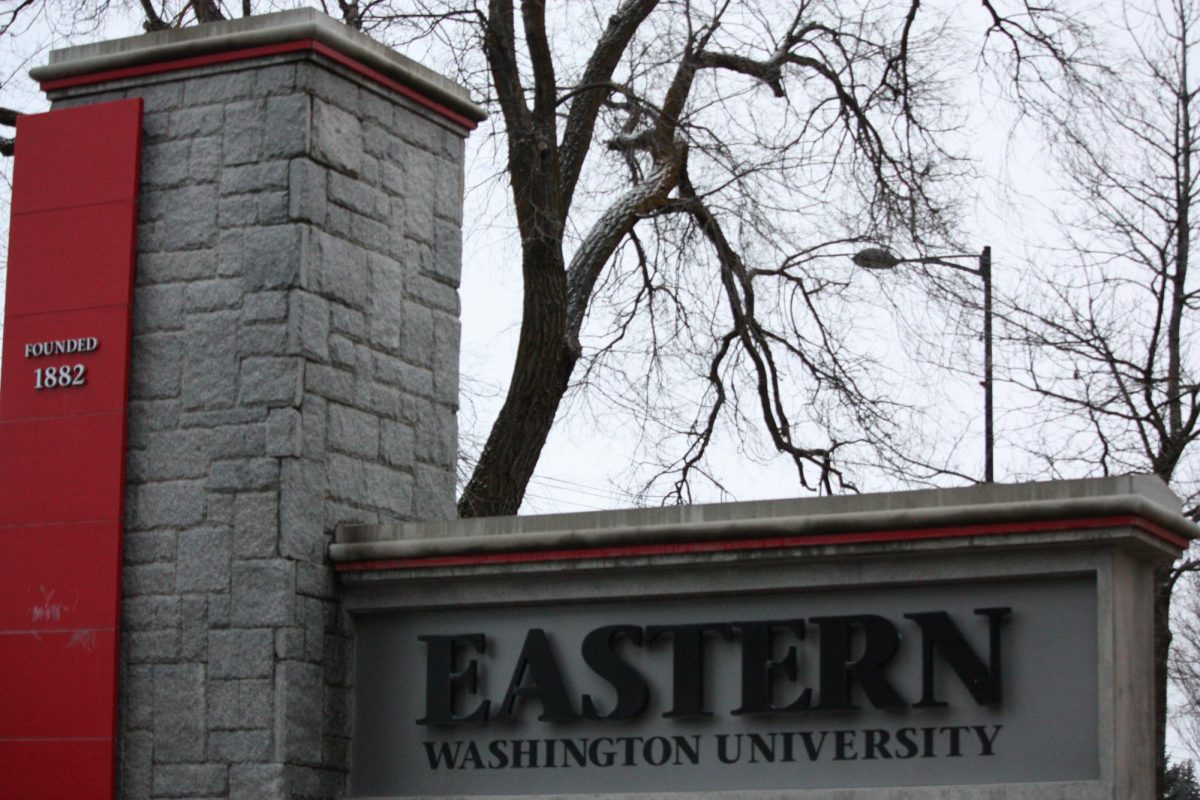Outgoing Gov. Chris Gregoire proposed statewide freeze to higher education funding in 2013
The federal fiscal cliff deal, formally called the American Taxpayer Relief Act of 2012, was passed just before the Jan. 1 midnight deadline.
This deal protects certain higher education interests, but others are still threatened because the deal merely puts off certain education-related budget decisions until March 2013, according to InsideHigherEd.com.
According to an American Council on Education article outlining tax incentives for college students included in the bill, the Senate passed the American Taxpayer Relief Act with a vote of 89 to 8 and the House of Representatives with a vote of 257 to 167.
The InsideHigherEd article goes on to say that the deal saves the American Opportunity Tax Credit, a $2,500 college tuition credit, from being reduced or discontinued for five years. Federal Pell grants were also saved from budget cuts. Tax breaks for Coverdell education savings accounts and student loan interest deductions were made permanent under the fiscal cliff bill.
The deal that was struck delays the final decision on the fiscal cliff until March, when sequestration cuts will kick in if a new deal is not reached. Sequestration cuts are a previously-agreed-upon set of budget cuts that will hit nearly every federal department in case the government fails to come to a fiscal agreement in March, including the U.S. Department of Education.
At that time, according to InsideHigherEd.com, more higher education programs, which include scientific research funding, federal work-study programs and the Supplemental Educational Opportunity Grant program, will be in jeopardy to the tune of an 8.2 percent cut each.
The March fiscal cliff deadline coincides with a new vote to raise the debt limit.
Moody’s Investors Service, one of the two major credit-rating agencies in the U.S., said in its January report, “We have expanded our negative outlook to also include market-leading diversified colleges and universities as pressures mount on all key university revenue sources.”
According to The Chronicle of Higher Education, Standard & Poor, the other major credit rating agency, pointed out that costs are rising faster than inflation and that public universities’ revenue sources are not growing along with costs and are not being met equally with tuition growth. It also mentioned endowment funding that had not recovered to pre-recession levels.
Mary Voves, vice president of business and finance, said, “The state has shifted the cost of education to the student through double-digit tuition increases, and Eastern has managed a $26 million budget reduction over the past six years. Not only are further budget reductions to higher education perilous, but Washington needs to begin reinvesting in higher education to give our students the opportunity to compete in a world economy.”
Outgoing Gov. Chris Gregoire’s proposed Washington state budget freezes higher education funding levels this year. When costs are rising, this has the effect of a cut.
“The outgoing governor’s budget is only a first view of what the state might be able to do for higher education in Washington,” said EWU President Rodolfo Arévalo. “Now it is up to the legislature to design a budget that continues to support the needs of the six public universities in Washington.”
Arévalo’s open letter in response to Gregoire’s proposed state budget said, in part: “Gov. Gregoire released her budget Tuesday, December 18, and although the budget proposal maintains higher education funding at its current level, the budget continues to present some issues for the institution.
“The university continues to grow, therefore, a flat budget continues to degrade services to an increasing number of students. … Although this budget is a good start, it is predicated on a number of revenue packages to sustain funding. Without additional revenue, higher education could be facing a $52 [million] reduction.”
The University Budget Committee at Eastern held its most recent meeting on Jan. 9. While minutes are not publicly available, the meeting agenda indicated the committee would be discussing, among other things, an update on the state budget, tuition projections and a 2012 year-end financial presentation. These will all play a part in the university’s planning and in students’ experiences here, along with the new round of fiscal cliff negotiations in March.
“Today Washington ranks last in the nation in per student funding for four-year universities. At the same time state budgets have been dramatically reduced, enrollments statewide have grown by 33,000 students since 1989, … “ said Voves. “Eastern has strategically managed both budgets and enrollments through this economic crisis which has allowed us to remain a strong competitive university and we continue to engage the campus community in discussion on how best to plan for a variety of economic scenarios. This will allow us to be prepared to meet any challenges which emerge from the state and federal levels.”
Arévalo said, “The university will ensure that financial aid provided by the federal government will [be] allocated to students with the greatest need. We will continue to advocate for PELL Grant support and increases to this very important financial aid program.”















